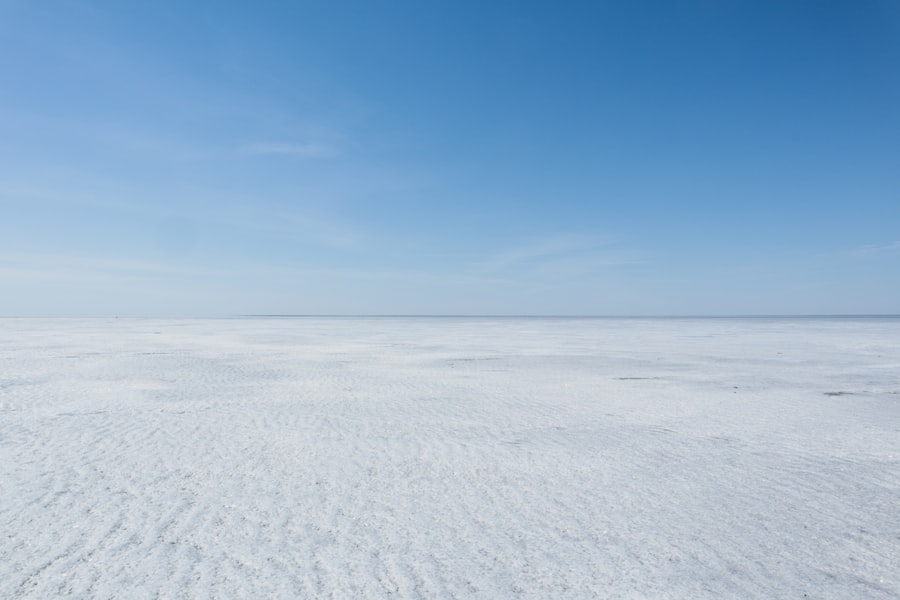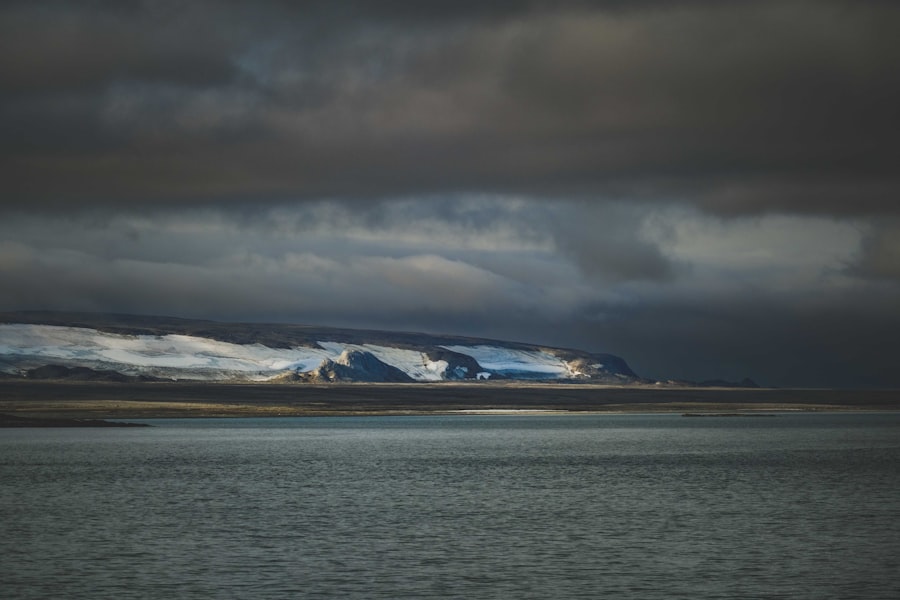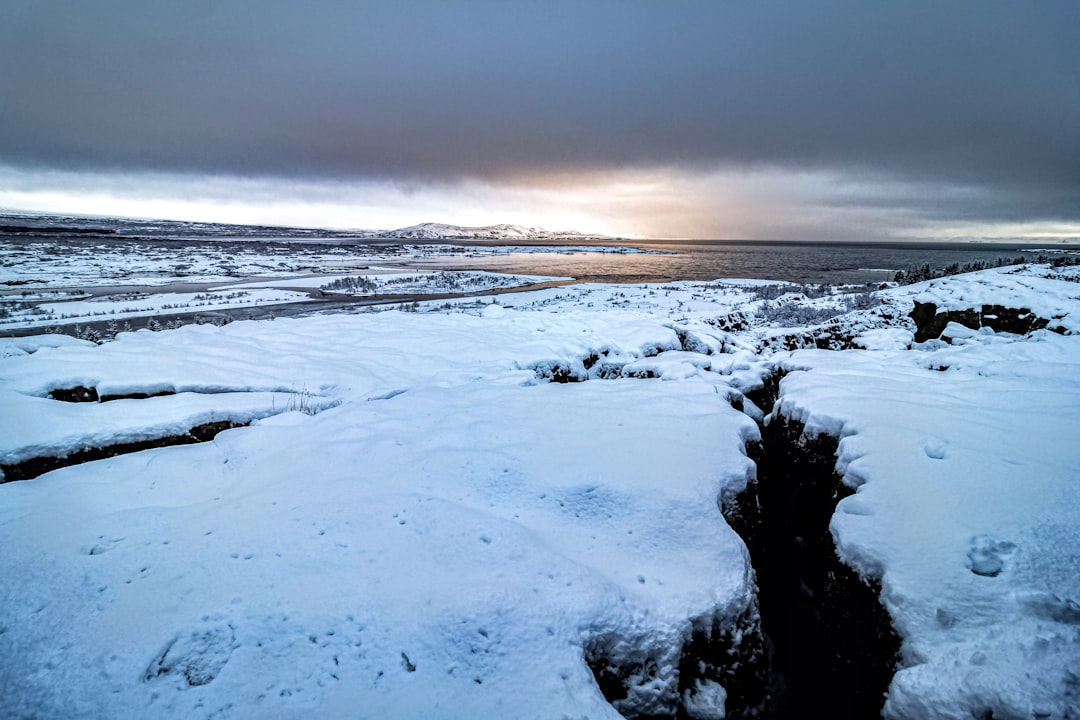The Drake Passage and the Bering Sea are two of the most significant maritime regions on the planet, each with its own unique characteristics and importance. The Drake Passage, located between the southern tip of South America and Antarctica, is renowned for its turbulent waters and challenging navigation conditions. It serves as a critical conduit for ocean currents and plays a vital role in global climate regulation.
On the other hand, the Bering Sea, situated between Alaska and Russia, is a rich fishing ground and a crucial habitat for diverse marine species. Both regions are not only vital for their ecological significance but also for their historical, economic, and cultural relevance. As gateways to some of the most remote and pristine environments on Earth, the Drake Passage and Bering Sea have attracted explorers, scientists, and commercial interests alike.
Their waters are teeming with life, yet they also present formidable challenges to those who navigate them. Understanding these two regions requires a comprehensive exploration of their geography, climate, ecosystems, historical significance, and the ongoing efforts to protect their unique environments.
Key Takeaways
- Drake Passage is a treacherous sea route connecting the Atlantic and Pacific Oceans, known for its strong winds and rough seas.
- The Bering Sea is located between Alaska and Russia, and is a rich fishing ground with diverse marine life.
- The Drake Passage experiences strong westerly winds and high waves, making it one of the roughest seas in the world.
- The Bering Sea has a subarctic climate with cold temperatures and sea ice, supporting a variety of marine species including seals, whales, and fish.
- The Drake Passage and Bering Sea have been significant for historical explorations and scientific research, but pose challenges for navigation and impact wildlife and environment.
Geographic Location and Characteristics
The Drake Passage is situated at the southernmost point of South America, bordered by Cape Horn to the north and the Antarctic Peninsula to the south. This narrow body of water is approximately 800 kilometers wide and connects the Atlantic and Pacific Oceans. Its geographical significance lies not only in its role as a maritime passage but also in its influence on oceanic currents.
The passage is characterized by its deep waters, with depths reaching over 4,000 meters, making it one of the deepest oceanic regions in the world. In contrast, the Bering Sea lies to the north of the Pacific Ocean, bordered by Alaska to the east and Russia to the west. It is connected to the Arctic Ocean through the Bering Strait, which is only about 85 kilometers wide at its narrowest point.
The Bering Sea is known for its continental shelf, which is one of the largest in the world, providing a rich habitat for marine life. The region’s geography includes numerous islands, such as the Aleutian Islands, which stretch in an arc from Alaska towards Russia. This unique topography contributes to the area’s diverse ecosystems and makes it a focal point for both marine biodiversity and commercial fishing activities.
Climate and Weather Conditions

The climate of the Drake Passage is notoriously unpredictable, characterized by strong winds and rough seas. The region experiences frequent storms due to the confluence of cold Antarctic waters and warmer currents from the north. These conditions can lead to high waves and turbulent weather patterns that pose significant challenges for vessels traversing the passage.
The average temperature in this region varies widely, with summer temperatures hovering around 5°C (41°F) and winter temperatures plummeting to below freezing.
In contrast, the Bering Sea has a more varied climate influenced by its proximity to both Arctic and Pacific weather systems.
The northern parts of the sea experience long, harsh winters with temperatures often dropping below -20°C (-4°F), while summers can be relatively mild with temperatures reaching up to 15°C (59°F). The region is also known for its foggy conditions, particularly during late spring and early summer when warm air meets cold ocean waters. These climatic variations contribute to the rich biodiversity found in the Bering Sea but also present challenges for navigation and fishing operations.
Marine Life and Ecosystems
| Category | Metrics |
|---|---|
| Marine Biodiversity | Number of species |
| Marine Protected Areas | Percentage of ocean protected |
| Coral Reefs | Coverage area in square kilometers |
| Fish Stocks | Population levels |
The marine ecosystems of both the Drake Passage and Bering Sea are incredibly diverse, supporting a wide array of species that thrive in their unique environments. In the Drake Passage, nutrient-rich waters foster an abundance of marine life, including krill, which serves as a crucial food source for larger species such as whales, seals, and seabirds. The passage is also home to various fish species, including Antarctic toothfish and several types of squid.
The rich biodiversity found here is essential for maintaining ecological balance and supports complex food webs that are vital for ocean health. The Bering Sea is equally renowned for its marine life, boasting some of the most productive fishing grounds in the world. The region supports large populations of commercially important fish species such as pollock, cod, and halibut.
Additionally, it serves as a critical habitat for marine mammals like sea lions, seals, and various whale species that migrate through its waters.
This rich biodiversity not only sustains local fisheries but also plays a crucial role in global marine health.
Historical Significance and Exploration
The historical significance of both the Drake Passage and Bering Sea is profound, marked by exploration and discovery that has shaped human understanding of these remote regions. The Drake Passage was named after Sir Francis Drake, who navigated these treacherous waters in the late 16th century during his circumnavigation of the globe. His journey opened up new routes for exploration and trade, highlighting the passage’s importance as a maritime corridor between continents.
Over the centuries, many explorers have braved its turbulent waters in search of new lands and resources. Similarly, the Bering Sea has a rich history tied to exploration and cultural exchange between indigenous peoples and European explorers. Vitus Bering, a Danish explorer in Russian service, was instrumental in mapping this region in the 18th century.
His expeditions led to significant discoveries about Alaska’s coastline and its surrounding waters. The Bering Sea has since become a focal point for scientific research and commercial activities, reflecting its ongoing importance in global maritime history.
Challenges and Hazards for Navigation

Navigating through both the Drake Passage and Bering Sea presents numerous challenges due to their unpredictable weather patterns and treacherous waters. In the Drake Passage, strong currents can create dangerous conditions for vessels attempting to cross. The convergence of cold Antarctic waters with warmer currents often results in sudden storms that can catch sailors off guard.
Additionally, icebergs drifting from Antarctica pose significant hazards to navigation in this region. The Bering Sea also presents its own set of challenges for mariners. The region’s foggy conditions can severely limit visibility, making navigation difficult even for experienced sailors.
Ice formation during winter months can obstruct shipping routes and complicate fishing operations. Furthermore, shifting weather patterns due to climate change have introduced new uncertainties into navigation strategies in this area. Mariners must remain vigilant and adaptable to safely traverse these challenging waters.
Impact on Wildlife and Environment
The ecological health of both the Drake Passage and Bering Sea is intricately linked to their unique marine environments. In the Drake Passage, changes in ocean temperature and salinity can significantly impact krill populations, which are foundational to the food web supporting larger marine animals like whales and seals. As climate change continues to alter oceanic conditions, these shifts may disrupt established migratory patterns and breeding cycles among various species.
In the Bering Sea, environmental changes have similarly affected wildlife populations. Overfishing has led to declines in certain fish stocks, impacting not only commercial fisheries but also predator species that rely on these fish for sustenance. Additionally, warming waters have altered habitat availability for marine mammals such as seals and sea lions, forcing them to adapt or migrate in search of suitable environments.
These changes underscore the need for ongoing research into how human activities influence these delicate ecosystems.
Research and Scientific Discoveries
Both the Drake Passage and Bering Sea have become focal points for scientific research aimed at understanding marine ecosystems and their responses to environmental changes. Researchers studying the Drake Passage have focused on oceanographic processes that influence global climate patterns. Studies on currents, temperature fluctuations, and nutrient distribution have provided valuable insights into how this region affects weather systems far beyond its borders.
In the Bering Sea, scientists have conducted extensive research on fish populations, marine mammals, and ecosystem dynamics. Long-term monitoring programs have been established to track changes in species abundance and distribution due to climate change and fishing pressures. These studies are crucial for informing sustainable management practices that balance economic interests with ecological preservation.
As research continues to evolve in both regions, it contributes significantly to global knowledge about marine environments.
Economic Importance and Commercial Activities
The economic significance of both the Drake Passage and Bering Sea cannot be overstated. The Bering Sea is one of the most productive fishing grounds globally, supporting a multi-billion-dollar industry that provides livelihoods for thousands of people in coastal communities. Species such as pollock are harvested extensively for both domestic consumption and export markets.
Additionally, oil and gas exploration in certain areas has added another layer of economic activity in this region. While commercial fishing is less prevalent in the Drake Passage due to its harsh conditions, it remains an important route for shipping traffic between South America and Antarctica. The passage facilitates trade routes that connect various economies across continents.
Moreover, tourism has emerged as an economic driver in this region as adventurers seek out cruises that navigate through these iconic waters to witness their natural beauty firsthand.
Conservation Efforts and Environmental Protection
Recognizing the ecological importance of both regions has led to various conservation efforts aimed at protecting their unique environments. In the Bering Sea, initiatives have been established to promote sustainable fishing practices that ensure fish stocks remain viable for future generations. Marine protected areas have been designated to safeguard critical habitats for marine mammals and other wildlife.
In contrast, conservation efforts in the Drake Passage focus on mitigating human impacts from shipping traffic and tourism activities. International agreements have been put in place to regulate fishing practices in Antarctic waters while promoting research initiatives that enhance understanding of this fragile ecosystem. Collaborative efforts among nations are essential for ensuring that both regions remain healthy and resilient against environmental threats.
Future Prospects and Potential for Sustainable Development
Looking ahead, both the Drake Passage and Bering Sea face significant challenges but also present opportunities for sustainable development. As climate change continues to reshape marine environments globally, adaptive management strategies will be crucial for preserving biodiversity while supporting economic activities such as fishing and tourism. In the Bering Sea, there is potential for developing sustainable fisheries that balance ecological health with economic viability through innovative practices like aquaculture or selective harvesting techniques.
Similarly, responsible tourism initiatives in the Drake Passage can promote awareness about environmental conservation while providing economic benefits to local communities. Ultimately, fostering collaboration among stakeholders—scientists, policymakers, fishermen, indigenous communities—will be essential for navigating future challenges while ensuring that these remarkable maritime regions thrive for generations to come. By prioritizing sustainability over short-term gains, there is hope that both the Drake Passage and Bering Sea can continue to be vital components of our planet’s ecological tapestry while supporting human endeavors responsibly.
In the exploration of treacherous maritime routes, the Drake Passage and the Bering Sea stand out as two of the most challenging for sailors and adventurers alike. The Drake Passage, located between the southern tip of South America and Antarctica, is notorious for its unpredictable weather and rough seas, while the Bering Sea, situated between Alaska and Russia, is known for its icy conditions and rich marine biodiversity. For those interested in delving deeper into the geographical and historical significance of these regions, a related article can be found on MyGeoQuest, which provides insights into the unique challenges and natural wonders of these formidable bodies of water.
WATCH NOW! Drake Passage: Earth’s Deadliest Waters Revealed
FAQs
What is the Drake Passage?
The Drake Passage is a body of water located between the southern tip of South America and the northern tip of the Antarctic Peninsula. It connects the Atlantic Ocean to the Pacific Ocean.
What is the Bering Sea?
The Bering Sea is a marginal sea of the Pacific Ocean located between the coast of Alaska and the eastern coast of Russia. It is bordered by the Bering Strait to the west and the Aleutian Islands to the south.
How do the Drake Passage and Bering Sea compare in terms of location?
The Drake Passage is located in the Southern Hemisphere, while the Bering Sea is located in the Northern Hemisphere. The Drake Passage is situated near Antarctica, while the Bering Sea is situated near the Arctic.
What are the major differences in climate between the Drake Passage and Bering Sea?
The Drake Passage experiences harsh and stormy weather due to its location in the Southern Ocean, with strong winds and rough seas. In contrast, the Bering Sea has a subarctic climate with cold temperatures and sea ice during the winter months.
What are the main differences in marine life between the Drake Passage and Bering Sea?
The Drake Passage is known for its rich and diverse marine life, including various species of whales, seals, and seabirds. The Bering Sea is also abundant in marine life, with a focus on commercial fishing for species such as pollock, crab, and salmon.
Which area is more challenging for navigation, the Drake Passage or Bering Sea?
The Drake Passage is considered one of the most challenging and treacherous waterways for navigation due to its strong winds, high waves, and unpredictable weather. While the Bering Sea can also present navigation challenges, it is generally less extreme than the Drake Passage.
